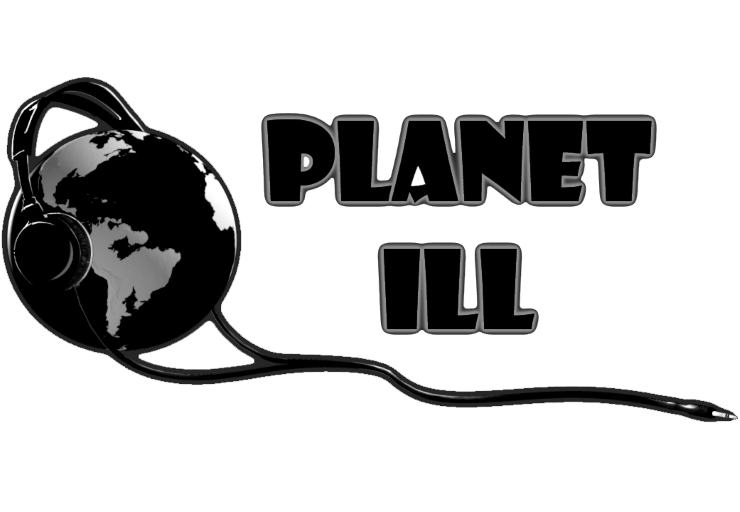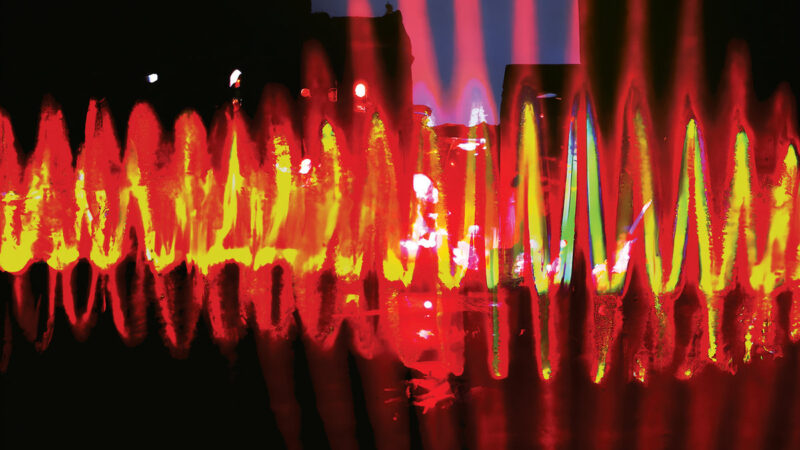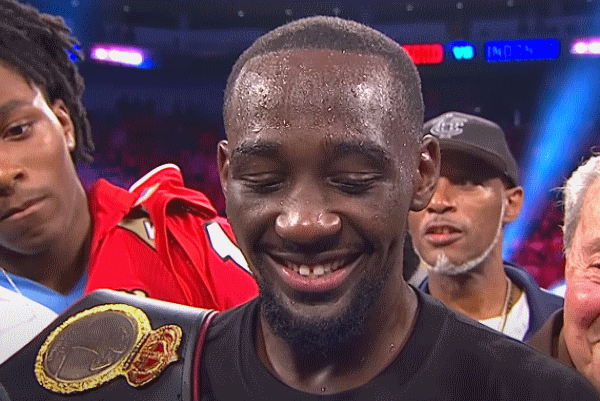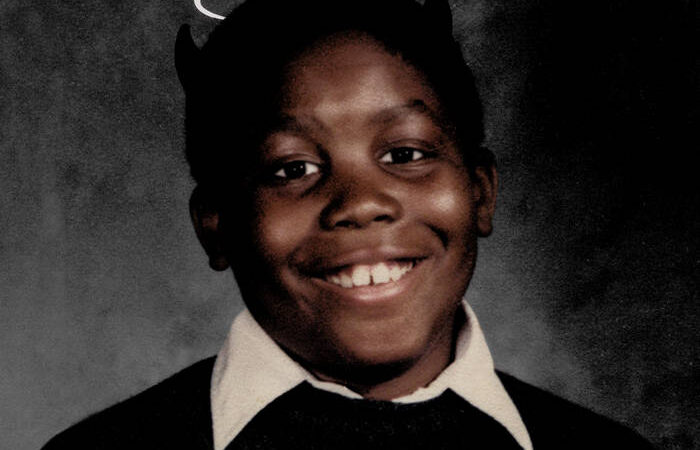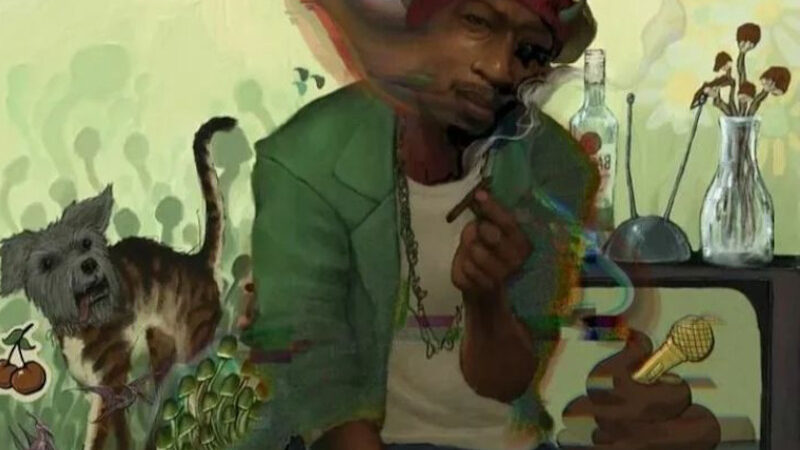Don’t let the current post-regional Hip-Hop era fool you. The east coast/west coast beef is still a divisive issue and much of the underlying resentment still lingers. Some look back on it with skepticism, viewing it as a media driven “event” while others look at it as an evil conspiracy to destroy the biggest cultural force since the Black Power movement. More still look back on it as spectator sport akin to the Superbowl or the World Series.
All of those viewpoints have merit but miss the larger picture. Yes, the “war” was played up to sell music and magazines. Record labels, artists, and media outlets were all complicit. However, the sentiments at the heart of the matter were quite real. When things finally reached a head, Hip-Hop resembled the gang culture that birthed it; a regression to a more primitive condition that Hip-Hop was meant to remedy.
The contentious relationship that the rest of the country has with New York City, actually predates Hip-Hop by many decades. New York City has always held a certain mystique that makes many New Yorkers exhibit a peculiar arrogance. Naturally, that attitude extended to Hip-Hop. As the culture emerged, it spread throughout the rest of the northeastern United States during the remainder of the decade. New York also incorporated elements from other places almost from the outset. The New York style of graffiti is based on tagging styles which originally came from Philly. More to the point, rap records were coming out of both Philadelphia and Connecticut as early as 1979.
Despite such milestones, the contributions of outsiders were rarely, if ever, acknowledged and when they were, they were rarely given the spotlight. That dismissive arrogance even applied within that boroughs. The Bronx, viewing itself as Hip-Hop’s birthplace, looked down its collective nose at Brooklyn. Neither borough held Queens in high regard (Inter-borough rivalries also predate Hip-Hop by many decades, but that is another, larger story). However common such attitudes were within the Big Apple, they were amplified the further one got away from the “Big 5.” Long Island and Westchester County caught it worse than Brooklyn or Queens. The same went for Philly, Jersey, Boston, etc.
Outside of the northeast, that New York arrogance resembled an iron curtain and perhaps no region got it worse than the west coast. Los Angeles had many similarities to New York. Both had distinct gang cultures and musical heritages. However, the gang culture out west was a way of like that evolved into its very own subculture, complete with its unique language and customs. It was also considerably more violent and complex, with long running beefs between different neighborhoods.
The first L.A. rap records didn’t necessarily reflect that violent heritage, at least not blatantly. L.A. Hip-Hop pioneers were very much taken by the electro funk stylings of “Planet Rock,” as well as the classic funk records of their youth. They also were also enamored with the hardcore posturing of Melle Mel and Run D.M.C. L.A. rap first manifested itself in “Electro,” a bass heavy, synthesized subgenre similar to Miami Bass. In fact, the 2 Live Crew was initially a west coast group. Founding members DJ Mr. Mixx, Fresh Kid Ice, and Amazing Vee met at March AFB Riverside, CA. They were all enlisted in the airforce at the time. Eventually, Amazing Vee was replaced by Rochester, New York native Brother Marquis. Their first singles were recorded at the legendary Macola records in L.A. When their songs caught on in Florida, they decided to relocate. The rest, as they say, is history.

Early on, L.A. rappers and fans looked at NYC with reverence and respect. In a 1996 interview with on BET’s now defunct video show Rap City, Coolio recounted how such reverence went to comical extremes: Residents of South Central Los Angeles would sometimes actually claim to have been born in The Bronx. As west coasters would soon learn, New Yorkers didn’t receive such affection graciously. Electro was looked down upon back east. The L.A. rap scene was looked at as a countrified, less authentic variant of New York’s. This was made evident by the attitudes that certain NY rap stars would exhibit when touring throughout California. It was also evident in the attitudes that NY radio DJ’s would display towards west coast music. Luminaries such as Mr. Magic, Red Alert, Chuck Chillout and others never gave west coast artists exposure on New York radio. Meanwhile, New York artists got countless spins on California radio. Major record labels, many of which were stationed in Manhattan, closed ranks on west coast artists.
L.A’s gang scene wasn’t widely publicized in the early to mid-1980’s, and east coast rappers would often tour the region being wholly unaware of how treacherous it could be. During the infamous 1986 Budweiser Fresh Fest concert in Long Beach, California, rappers who performed got a ringside seat to the chaos. Brawls broke out in the audience. Gangbangers menacingly scowled at L.L. Cool J as he performed. They even threw a patron off of a balcony and onto the main stage during Whodini’s set.
However silly Electro might have seemed to New Yorkers at the time, L.A.’s gang scene was definitely not to be trifled with. Word soon spread throughout the record industry, yet boldly ignorant attitudes still persisted. According to Chuck D’s book, Fight the Power: Rap, Race, and Reality, Whodini member Grandmaster D learned that the hard way. While in a Crip neighborhood, Grandmaster D was wearing a red sweat suit. A local confronted him and began throwing up Crip signs. When the local was informed as to who Grandmaster D was, he replied “I don’t give a fuck who he is. He’d better change something with all that red he’s wearing!”
There was perhaps no greater bastion of east coast bias than the New Music Seminar, an annual industry showcase which took place in New York from 1980 to 1985. As part of its itinerary, the seminar held annual DJ and MC battles. During the 1987 DJ Battle for world supremacy, West Coast legend Joe Cooley lost to Philly great DJ Cash Money. Many felt that Cooley should have won. However, the panel consisted completely of east coasters. It was far from the only such slight the west would endure.
Follow Malice Intended on Twitter @ http://twitter.com/renaissance1977
Follow Us on Twitter @ http://twitter.com/planetill
Join Us on the Planet Ill Facebook Group for more discussion
Follow us on Networked Blog
